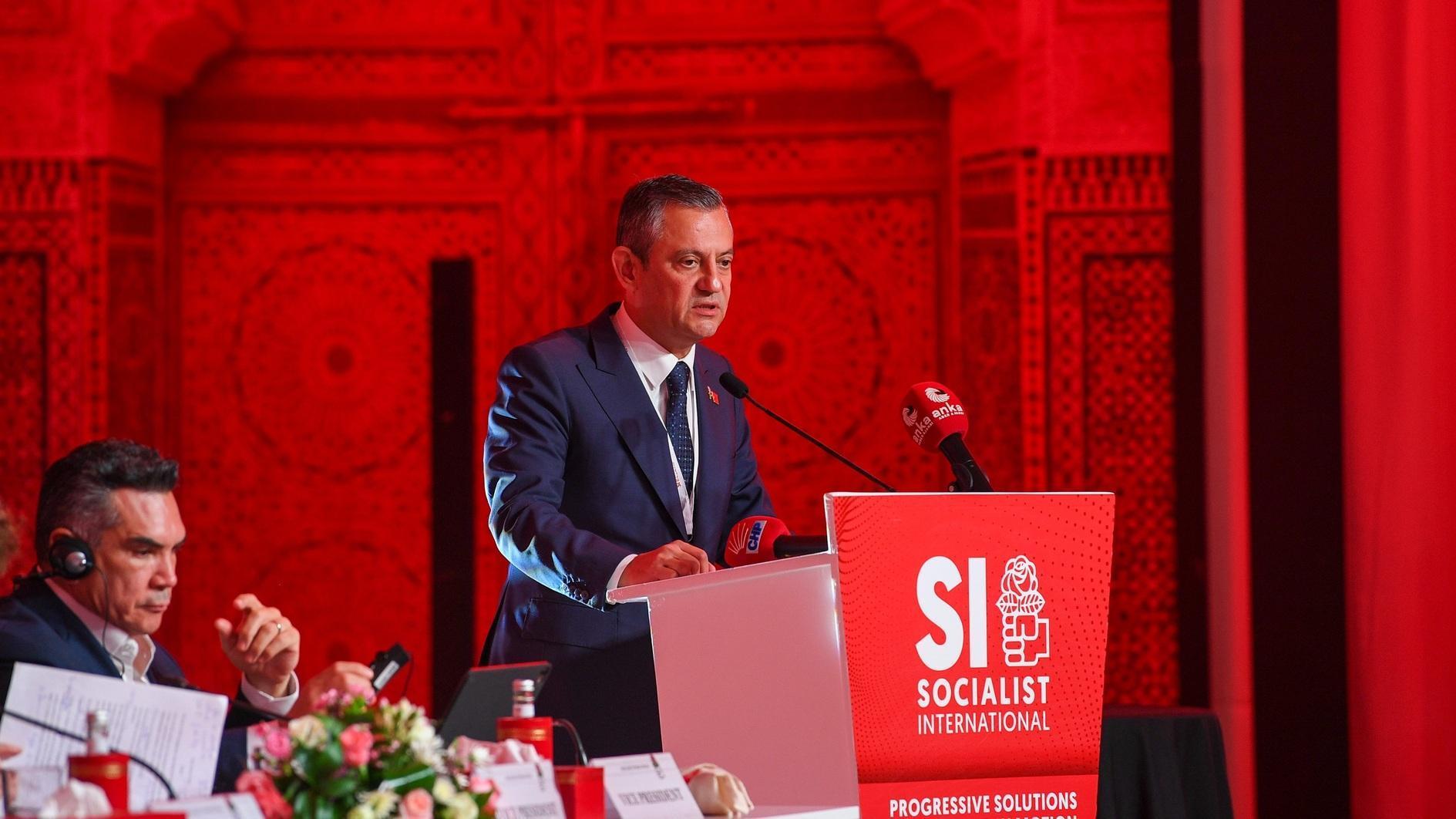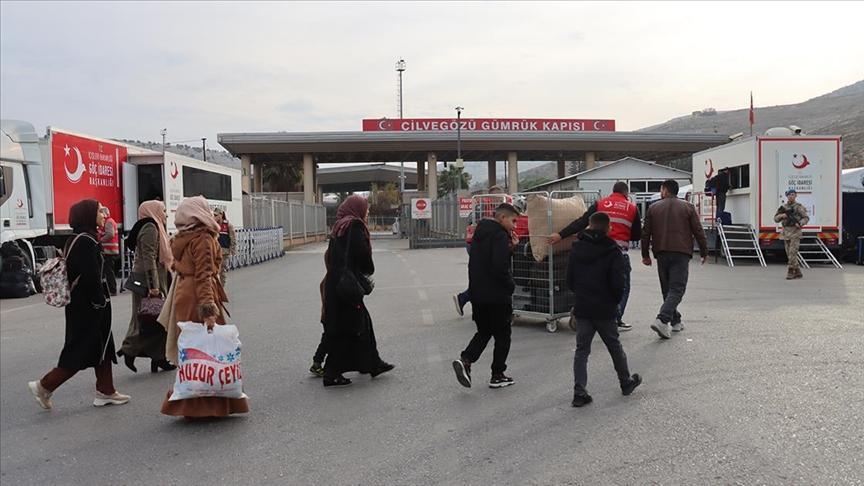Setting US and Turkish priorities straight
The rise of the Islamic State of Iraq and the Levant (ISIL), the withdrawal of Iraqi government forces towards Baghdad and the continuing civil war in Syria have created a dangerous security vacuum at the core of the Middle East. The advance of ISIL is now threatening the Kurdish controlled areas of northern Syria on the Turkish border. Although a U.S.-led coalition of the willing was created after President Barack Obama announced his air strike campaign against ISIL on Sept. 10 and the number of contributing countries have increased, the parameters of the adopted strategy are still being debated among the coalition’s countries.
The most distanced member appears to be Turkey. Recent conflicting statements by U.S. and Turkish officials on the state of negotiations between the two countries have revealed how deep the divide really is. While U.S. National Security Advisor Susan Rice announced to the press on Oct. 12 that Turkey had agreed to the use of its air bases, the next day a spokesman for the Turkish Ministry of Foreign Affairs corrected her, saying there was no such agreement. Apparently, they only agreed to train and equip the Syrian rebels.
At the heart of the negotiations is the İncirlik Air Base, near Adana in southern Turkey. As the most advanced and secure base that U.S. and NATO forces can use in this part of the world, it has been a hot topic in Turkish-American relations since 1954, when Turkey granted access to Washington.
However, Turkey has always reserved the right to decide the scope of the base’s usage on a case-by-case basis.
Since President Obama laid out his strategy “to degrade and ultimately destroy ISIL,” U.S. and Turkish officials have been discussing the use of İncirlik. Turkey has already opened it to coalition forces for logistical and humanitarian support, and the U.S. has used it for reconnaissance flights. However, the U.S. wishes to use it for airstrikes and also demands that Turkey increase its contribution to the coalition, perhaps by joining the strikes against ISIL.
Turkey, on the other hand, has been searching for some sort of a guarantee that the long-term aim of the coalition in Syria must involve the U.S. committing itself to the removal of Bashar al-Assad and creating a secure zone in northern Syria. The latter demand is presented as being designed to keep refugees secure in their own country and prevent direct threats to Turkey, but the deeper strategic objectives are easily discernable.
While Turkey has been experiencing the adverse effects of the Syrian civil war, ranging from the hosting of 1.5 million refugees to the rising control of Kurdish groups on the other side of the border, the recent fight over Ayn al-Arab has endangered its domestic stability as well. Thus, Turkey’s priorities in the region include the removal of al-Assad, preventing Kurdish groups from enhancing their de facto control in northern Syria, convincing the Iraqi government to reach a compromise with Sunni groups, containing the Iranian influence in Iraq, and finally deterring ISIL from threatening Turkey’s interests directly. Destroying ISIL does not appear on that list.
The U.S., however, wishes to concentrate on Iraq, where it aims to achieve stability through strengthening the central government. Its strategy in Syria, meanwhile, is much vaguer and has no clear end in sight. While the coalition has agreed to train and equip Syrian opposition, several questions remain unanswered as to who is going to train whom, where they will do it, and who will bear the costs.
The U.S. needs to define its end game more clearly to convince Turkey to take a more active role against ISIL, while Turkey needs to reassess its priorities in the face of changing regional realities. It will no doubt take a while before the U.S. and Turkey can reach an agreement on a common vision for the future of Iraq and Syria and thus align their priorities accordingly.











